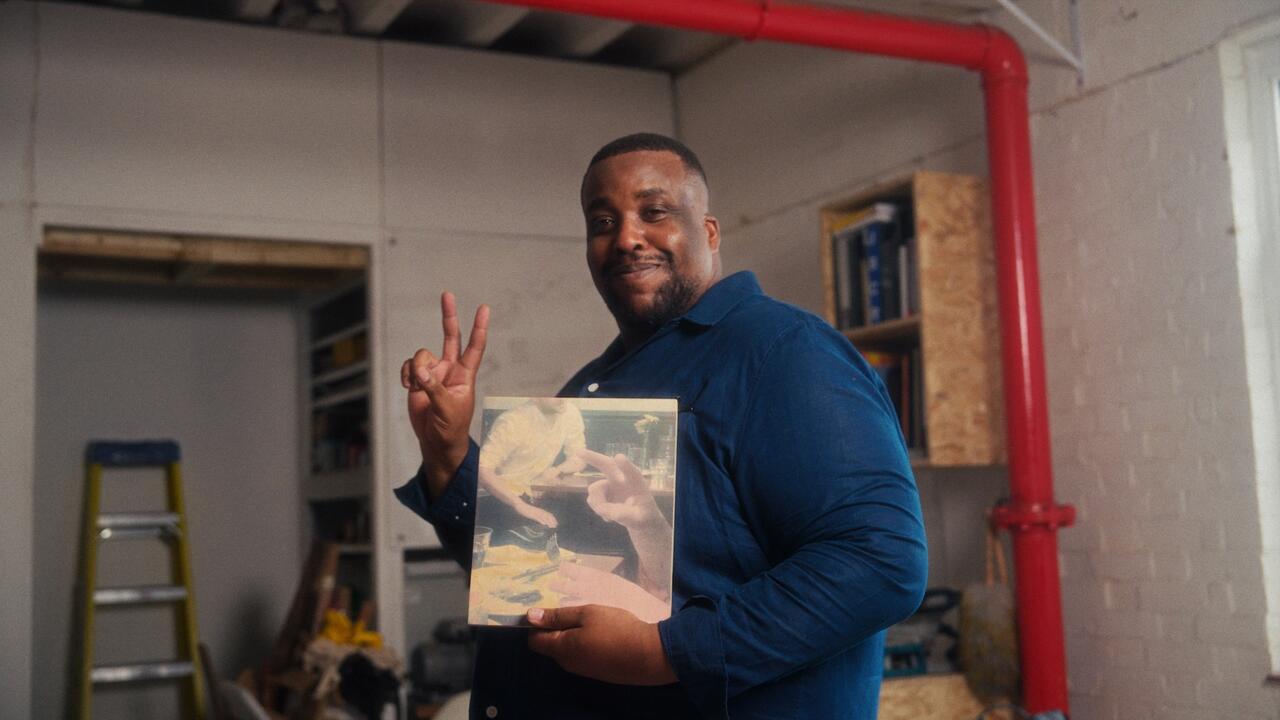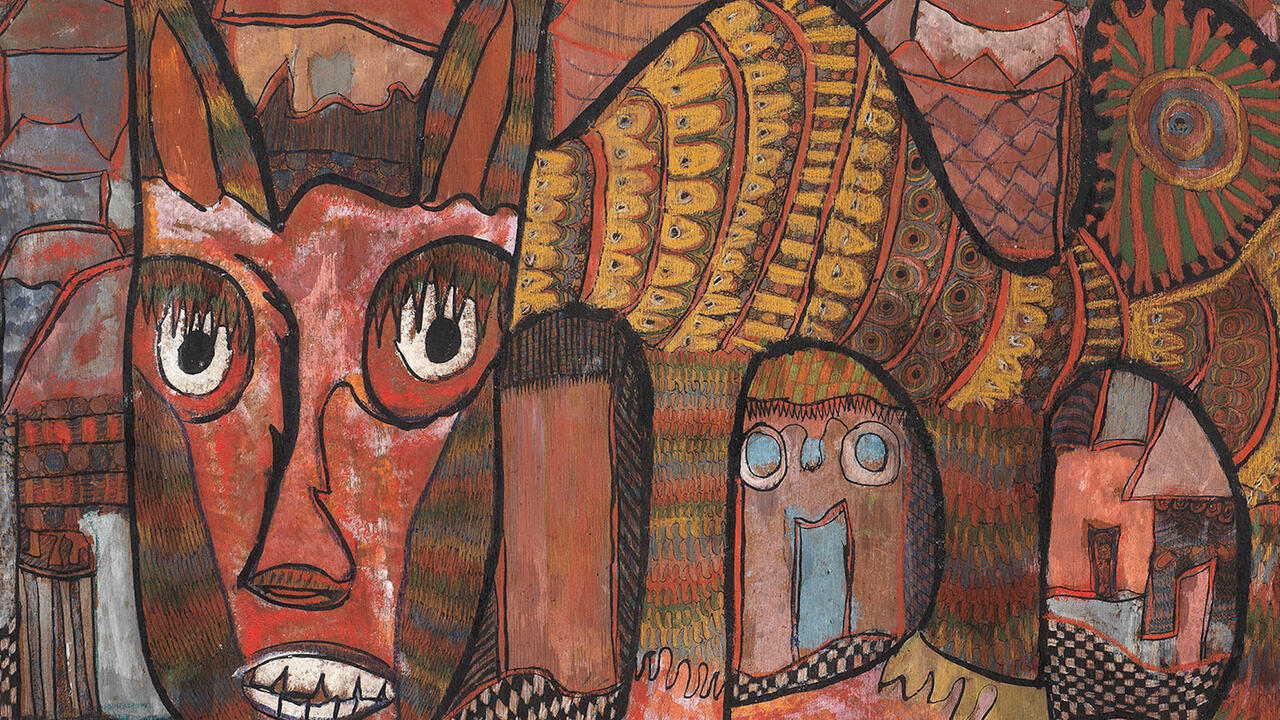Music
Moroccan pop to Latin American rap
Moroccan pop to Latin American rap
This year saw music fracture and multiply as it has always done, driven by influence, theft and osmotic adjacency – a world not of progress but of proliferation. It was a good year.
T-Pain, an R&B artist from Tallahassee, found unlikely camaraderie with the rural Berber pop favoured in Morocco’s Rif mountains: they both embraced auto-tune (a vocoder-like vocal effect popularized by Cher’s 1998 single ‘Believe’) like it was going out of style – which, for most of the world, it already had. The robo-voice enhances the sliding tones of Arabo-Tamazight melisma and puts a bionic shine on T-Pain’s earthy crooning. The Berbers and the hip-hop artist annoyed vocal purists with their allusions to a positively synthetic future yet produced some of 2007’s freshest pop. T-Pain’s album Epiphany is widely available; to get the Berber sounds, find an Arabic music shop and start asking questions.
London dubstep (dance music emphasizing the lessons of bass and space taught by 1970s’ Jamaican reggae visionaries) exploded into world-wide prominence. Satellite scenes from Kentucky to Stockholm began refitting the British sound to local taste. Creativity flourished in these outskirt scenes as the UK’s original centre grew stagnant. Meanwhile, the ravey exuberance of ‘bassline’ or ‘niche house’ (various terms for a 4/4 house-garage hybrid from Sheffield) made inroads into London clubs. Driving singles from bassline producers such as Dexplicit and DJ Q offered welcome maximal counterpoint to dubstep’s minimalism.
Coolness became ever more intertwined with conservatism in the world of indie rock. It’s disconcerting to see bands ape other, better, bands from the 1980s and ’90s as references fly over the heads of their well-heeled fans. Find ‘No More’, on the album Rise Above by Brooklyn’s Dirty Projectors, to hear the most compositionally free indie song of the year. The Projectors and compatriots such as fellow New Yorkers’ Gang Gang Dance with their EP Rawwar managed to make new indie rock that actually sounded new.
Imaginations and cultures permeate political borders even when people cannot, and cumbia hybrids on either side of the Mexico/USA divide reinforced this fact. Cumbia was born from the violence of the colonial encounter in Colombia – Amerindian traditions merging with the rhythms of African slaves and taking advantage of imported European instruments. Long looked down on (dance music for the poor, black and indigenous), cumbia has become one of the most popular genres in Latin America. Its markedly syncretic roots foster robust adaptability: cumbia-rock, techno-cumbia and much more. In Brownsville and Houston, Texas, cumbia-meets-rap mixes featuring bilingual lyrics circulated this year: living proof of plural identities that US foreign policy tries to position as increasingly unthinkable. The best of these is Cumbia Caliente, a DJ mix by SuperStar Ralph & Sandman. The Colombia! compilation brought dusty gems from the important Medellín-based label Discos Fuentes to light. A burgeoning scene in moneyed Buenos Aires saw producer/DJs such as El Hijo de la Cumbia, Sonido Martines and Villa Diamante approach cumbia with a bootleg mash-up mentality tempered by a conservationist’s respect for seminal texts.
Sublime Frequencies, an American label spearheaded by art-rocker Alan Bishop, continued to produce CDs of non-Western music compiled with haphazard gusto from cassettes and radio recordings. Most Sublime Frequencies CDs refuse to list artist names or song titles. It’s a sadly familiar economic model: sell the cultural riches of non-Westerners without their knowledge or permission. Responding to criticism, the label started to abandon its exotic-as-anonymous mindset and published some albums with liner notes. The brown people now have names, and we are the richer for it. One hopes that the bootlegged musicians are too. Unfortunately, a swath of copycat labels popped up, releasing ‘anonymous’ world music heedless of its original context or the fact that many of those who made it – be they from Mali or Tibet – are still alive, still trying to eke out a living as musicians. Jack Carneal and Drag City’s Yaala Yaala label were the most egregious examples of these copycats.
While such labels present African music without enough packaging, others make the mistake of over-presenting it. The Belgian management of Konono No. 1, an electric neo-folk band from Kinshasa, successfully propelled the group into world-wide underground fame (collaborating with Björk and packing rock clubs across Europe) but not without a manicure of their initial Afro-Punk power.
New York producer Swizz Beatz tore startling holes in the pop landscape, dominating commercial urban radio with an arsenal of effects masquerading as songs: sirens, pitched-up voices, syncopation, screeching brakes, drop-outs, sub-bass. The USA has never had the stomach for mainstream Negro complexity, so much of the radicalism in black music occurs at the level of sound (rather than lyrics) – a fact Swizz Beatz’ output hides in full view.
Lil Wayne, the self-declared ‘best rapper in the world’, recorded hundreds of songs in 2007. Restlessly innovative, the young New Orleans prodigy is all the more fascinating for appearing to be in the closet. His performance of straight-ish black male identity is fantastic, with all the longing and irreality that that implies.
The infatuation of Anglo media outlets with reggaetón (a propulsive combination of Latin American, reggae and hip-hop with lyrics en español) peaked a year or two ago. Several prominent all-reggaetón FM stations in the USA diversified their formats, bringing merengue, salsa, bachata and other Latin/Caribbean styles back into the fold. Meanwhile, reggaetón partied on. Puerto Rican duo Calle 13’s Residente o Visitante album was perhaps the year’s finest achievement; adroit, satirical, taboo-breaking lyrics packed with jokes over forward-thinking instrumentation.
Clogged by spam, Rupert Murdoch’s MySpace peaked, scattering users to Facebook and beyond. It no longer serves as musical barometer or marketing hotspot. In late October an Interpol raid closed the amazing music file-sharing site OiNK. Record sales are down, yet more music circulates than ever before. You can record a hit album on your laptop. Aspiring bands hire managers before they write songs. Major labels post hundreds of pseudonymous reviews on blogs and message boards to simulate word-of-mouth buzz. This is evolution with the fast-forward button jammed down. The fecundity of musical ecosystems in 2007 outstrips record label attempts to regulate or profit from it. Patchy outgrowths and sudden leaps. Casualties. Hungry musicians and pleasures gone haywire. A tidy story about music will never be a true one.















